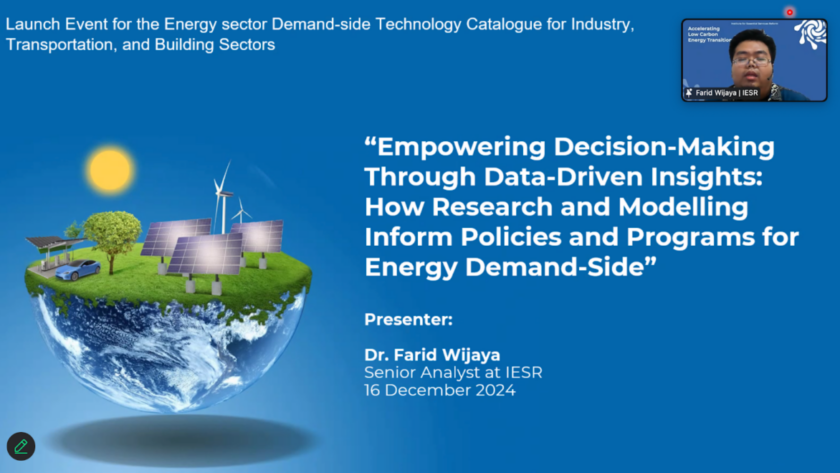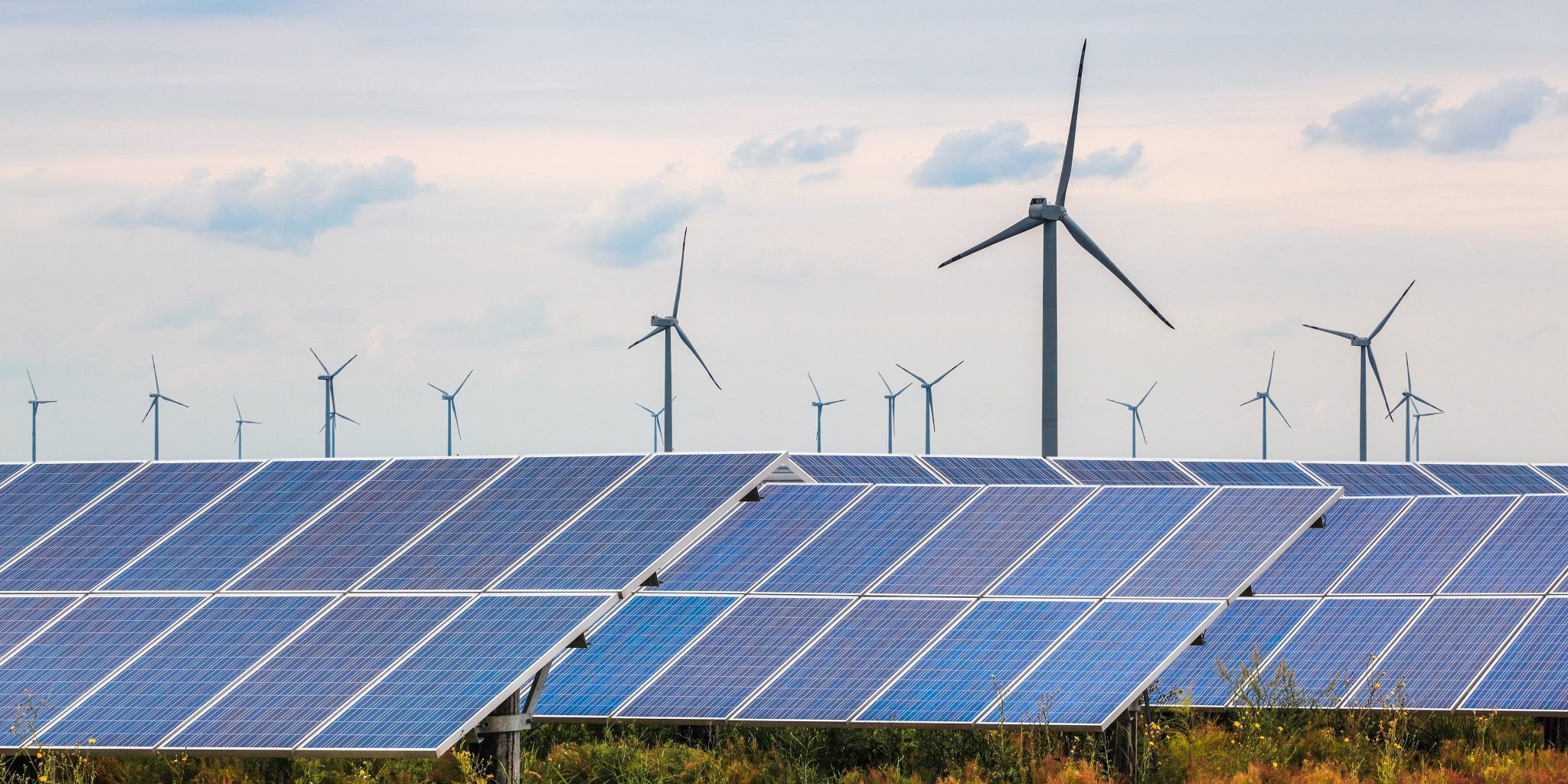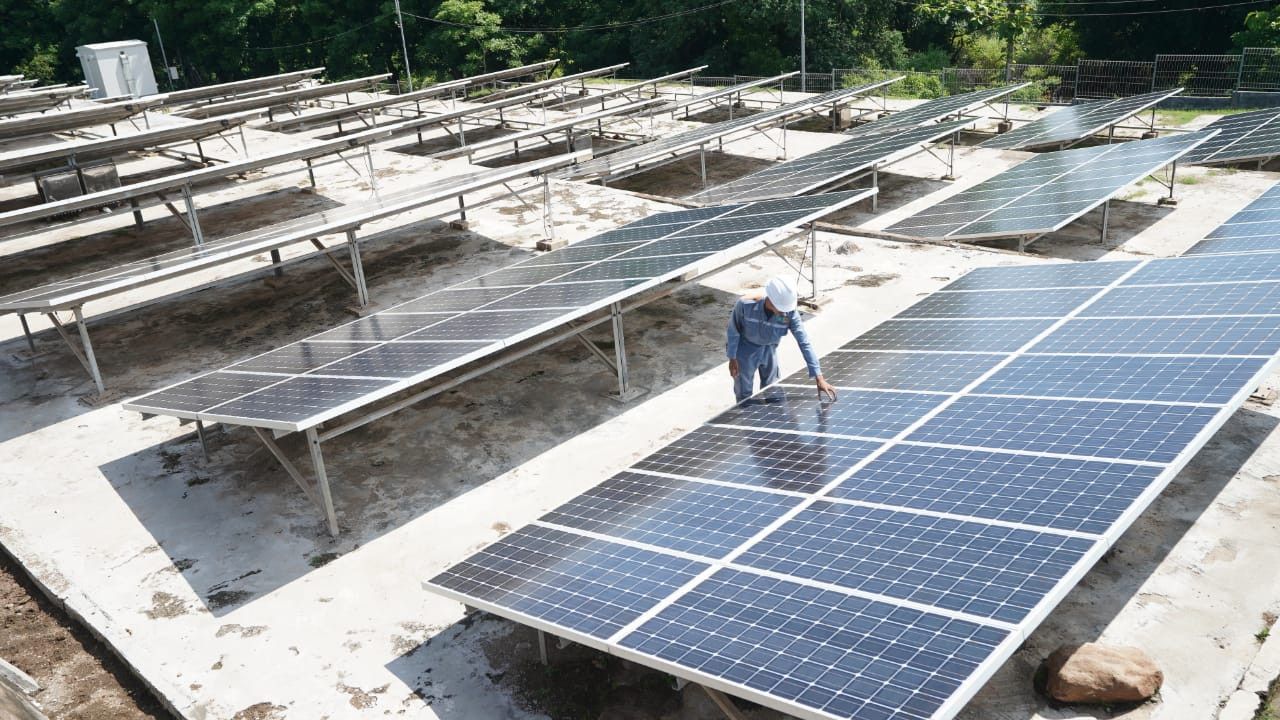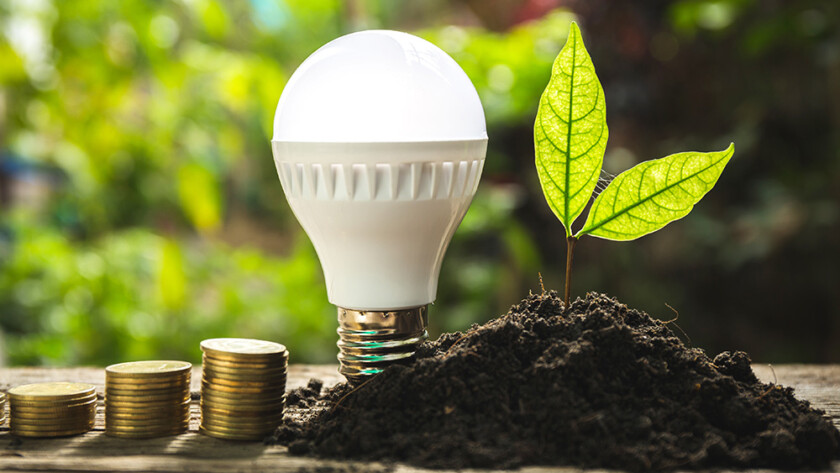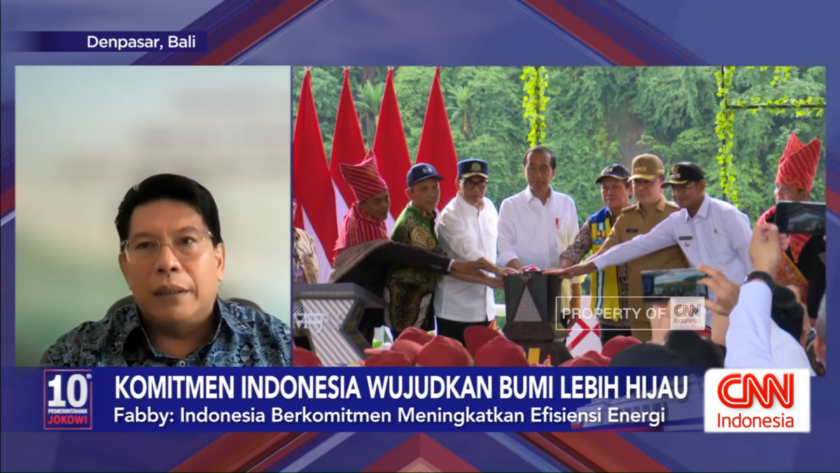Jakarta, December 16, 2024 - Information is an important element in policy making that focuses on energy demand management, efficiency, and conservation. On the energy demand side, accurate and relevant data such as historical energy consumption, data trends, usage evaluation, and opportunity and risk analysis, play a crucial role in supporting data-driven decision making. This…
